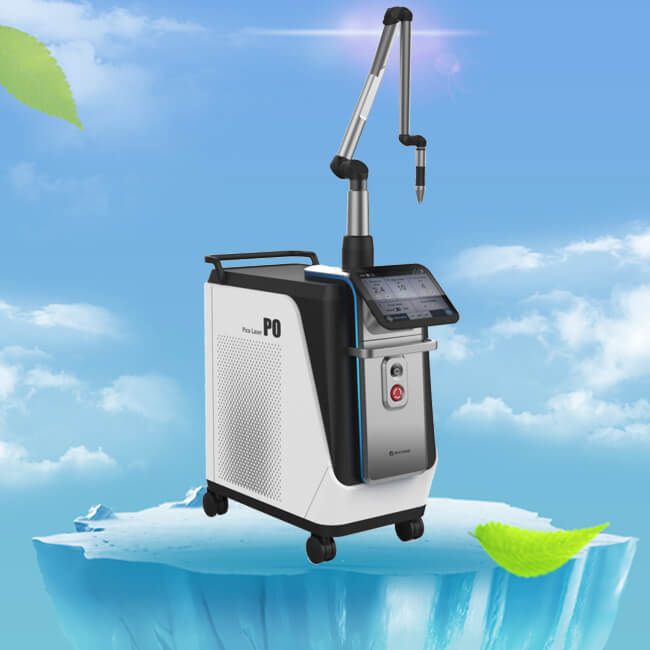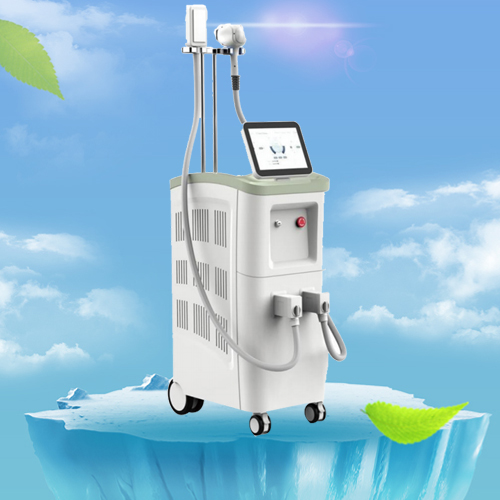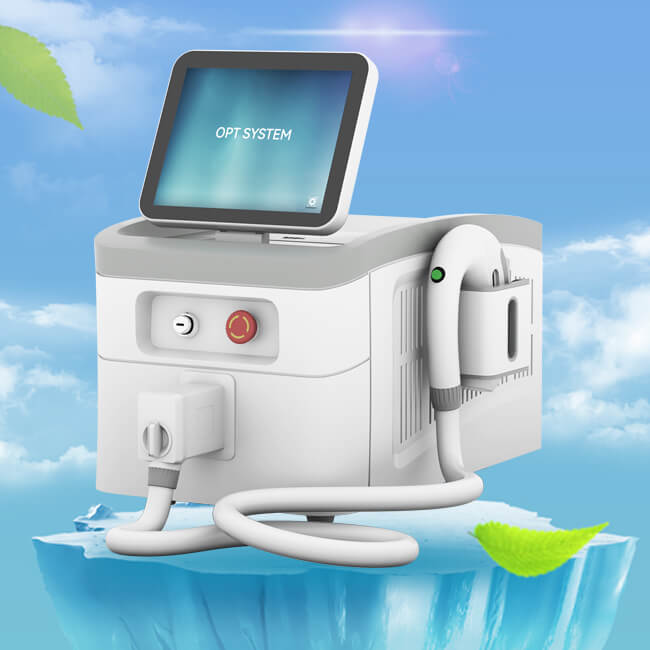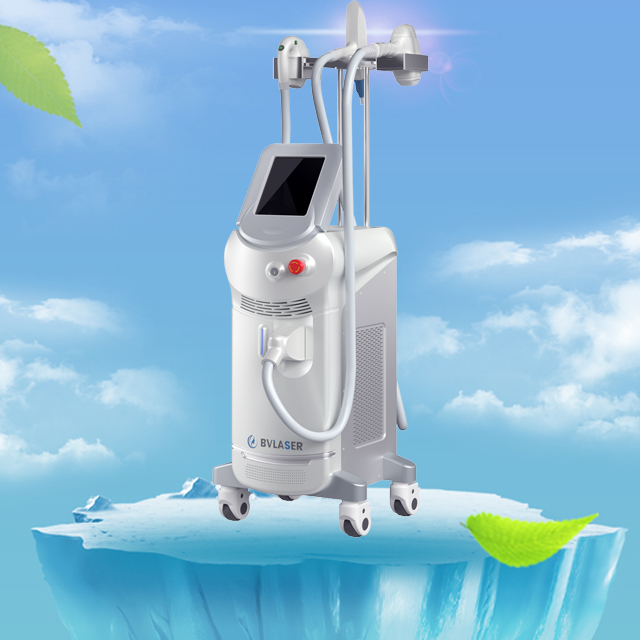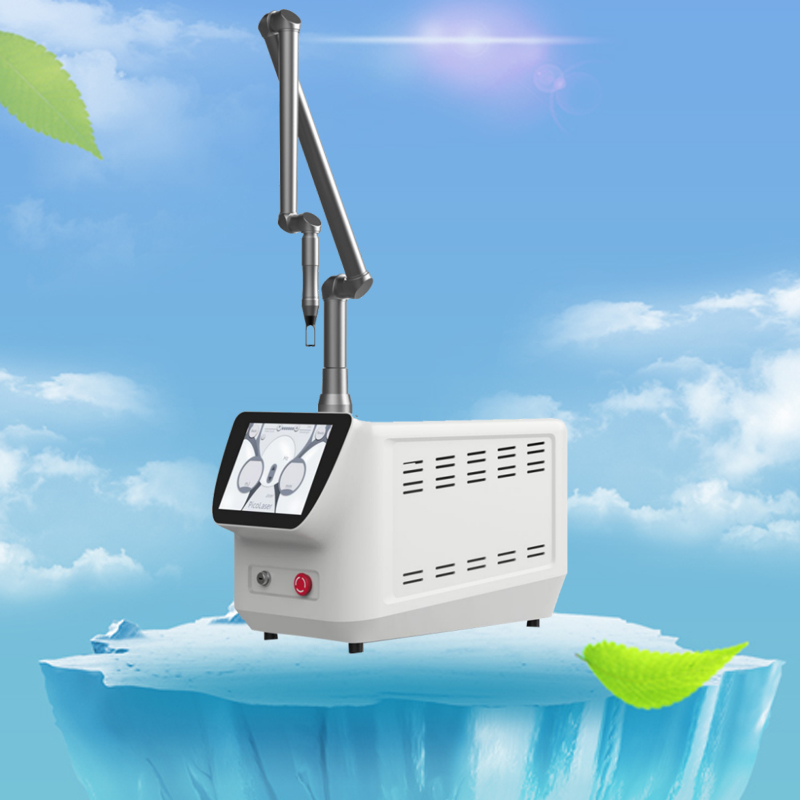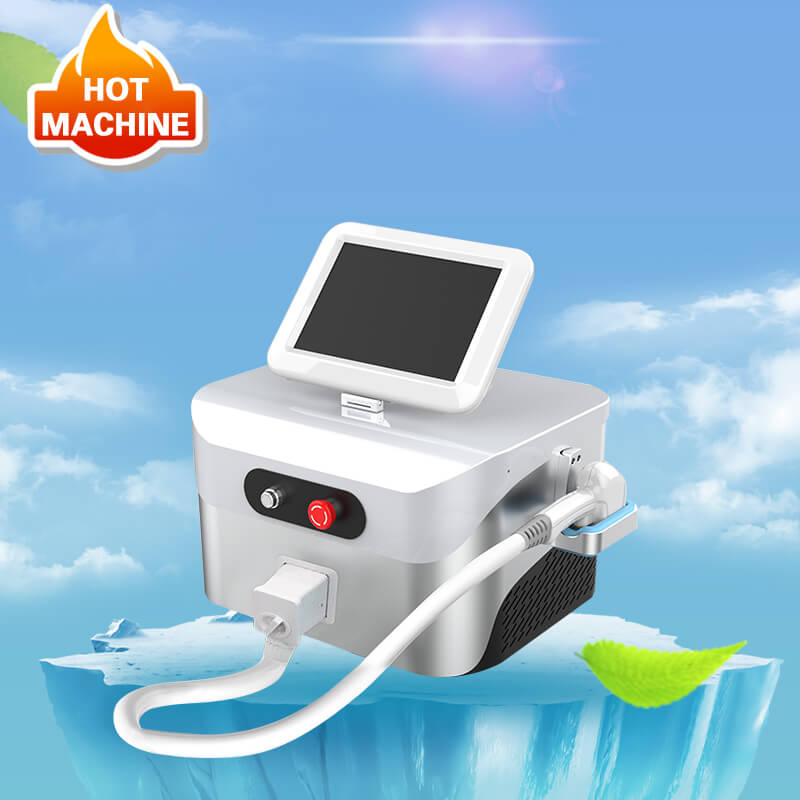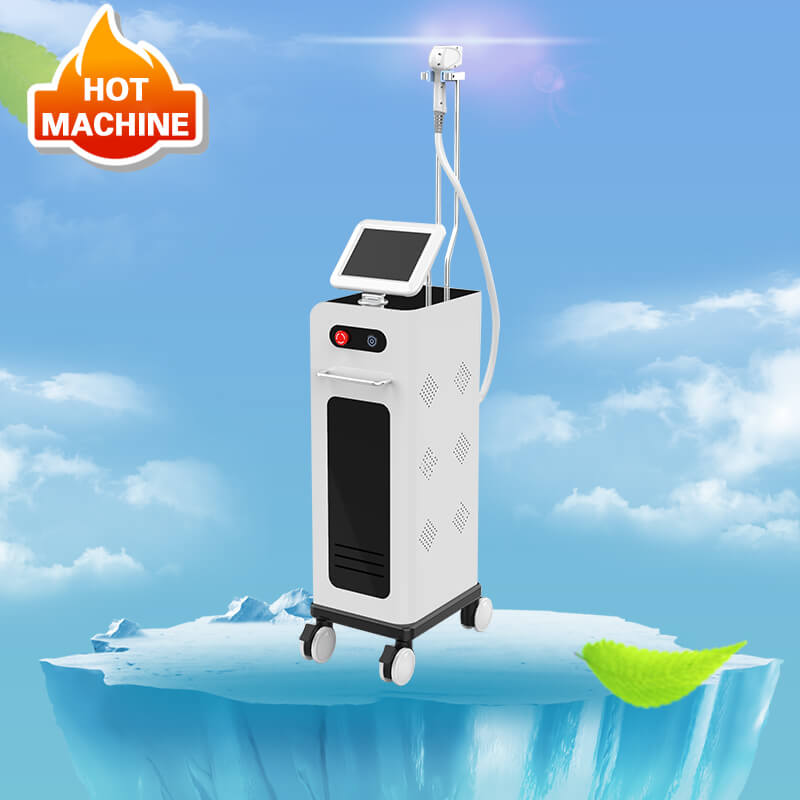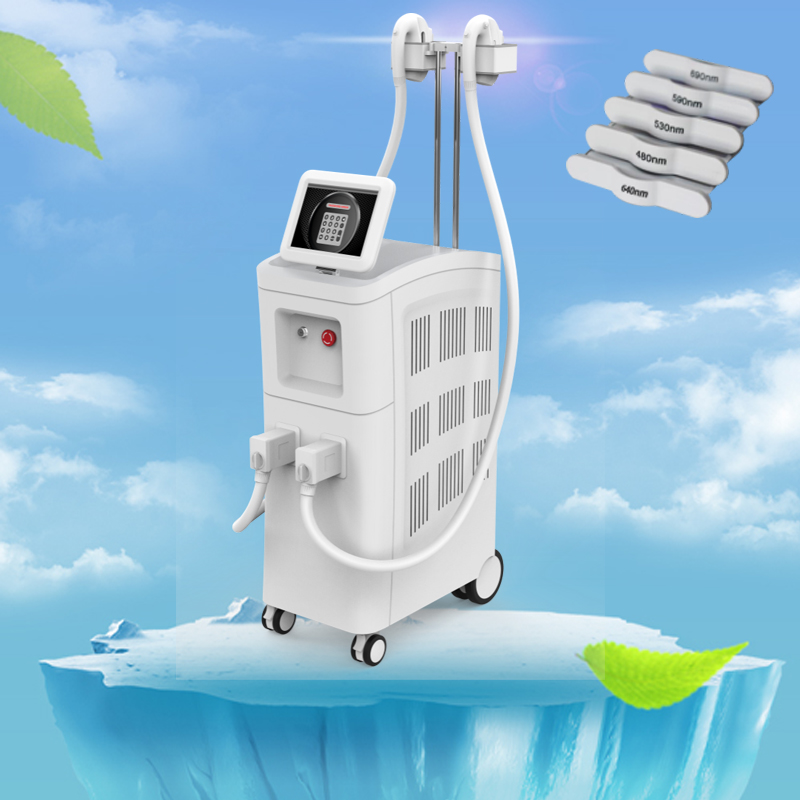How can reduce the risk of ND YAG laser treatment side effects?
Author:baishilf Time:2023-11-03 14:19:24
ND YAG lasers are lasers that use neodymium-doped yttrium aluminium garnet (Nd:YAG) as a gain medium. They are one of the most common lasers and can be used for a number of different applications such as cosmetic, medical, and industrial.
The ND YAG laser works by using wavelengths of high-energy light waves to penetrate the deeper layers of the skin without damaging the epidermis, heating and destroying diseased cells. High power ND YAG laser can be adjusted to different wavelengths and pulse widths for different purposes. For example, Q switched ND YAG laser tattoo removal machine for cosmetic dermatology usually use a wavelength of 532 nm or 1064 nm, which are effective in removing pigmentation, redness, acne, wrinkles and other skin problems.

The advantages of ND YAG laser machine is high efficiency, high precision, high safety and high adaptability. They can be applied to people of all skin colours and textures and can be used for treatment in any season. They are easy to operate, low maintenance and have a long lifespan.
What are the side effects of ND YAG laser?
The side effects of ND YAG laser mainly depend on factors such as the wavelength, energy, pulse width, spot size, number and spacing of treatments, as well as the individual’s skin type, sensitivity and healing ability. Generally speaking, the side effects of ND YAG laser include the following:
1. Skin burns: Due to too high laser energy or too much laser energy absorbed by the skin, the epidermis or dermis layer of the skin is thermally damaged, resulting in redness, swelling, blisters, scabs and other phenomena. This side effect can be prevented and reduced by choosing suitable laser parameters, cooling the skin, keeping the wound clean and dry and other measures.
2. Skin Hyperpigmentation: Dark spots or deepening of pigmentation in the treated area of the skin due to laser stimulation of melanocyte activity. This side effect usually subsides on its own within a few weeks or months after treatment, or can be accelerated by using skin lightening products or undergoing other cosmetic treatments.
3. Skin depigmentation: White spots or hypopigmentation of the treated area of the skin due to the laser destroying melanocytes or inhibiting melanin synthesis. This side effect is more difficult to recover from and may require prolonged observation and treatment.
4. Skin infection:As there are tiny wounds on the surface of the skin after laser treatment, if no attention is paid to sterilisation and protection, it may cause bacterial or fungal infection, resulting in inflammation, pus and ulceration of the skin. This side effect can be prevented and treated by using antibiotics or antifungal medication, avoiding contact with pollutants and other measures.
5. Scar Formation: Scarring due to an abnormality in the repair process of the skin tissues after the laser treatment, resulting in a depressed or raised scar in the treated area of the skin. This side effect is less common, but when it occurs it may affect aesthetics and function. This side effect can be ameliorated by using anti-inflammatory or scar softening medications, performing massage or physiotherapy.

How can reduce the risk of ND YAG laser treatment side effects?
Choose the right laser wavelength and parameters. Different laser wavelengths have different levels of absorption and damage to the eyes and skin, and in general, lasers of wavelengths with lower absorption coefficients are safer. For example, the Q-switched Nd:YAG laser used for treating melasma should be selected in the mode of large spot, low energy and multiple scans to achieve subcellular damage and avoid or reduce the activation and destruction of pigment cells.
Eye and skin protection. When undergoing laser treatment, specialised protective eyewear should be worn to avoid direct or off-axis laser beams being directed into the eyes, causing damage to the retina or cornea. At the same time, appropriate cooling measures, such as cooling gel, cold air or cold water, should be used to lower the temperature of the skin surface and reduce heat-induced erythema, blisters and coagulation.
Follow medical advice and precautions. Before and after undergoing laser treatment, you should follow your doctor’s instructions and recommendations for preparation and care. For example, avoid using cosmetics containing irritating ingredients such as alcohol or fruit acids before treatment, avoid exposure to sunlight or use of harsh whitening products after treatment, and use antibiotic or antifungal drugs, moisturising or anti-inflammatory drugs promptly after treatment to prevent infection or inflammation from occurring.





